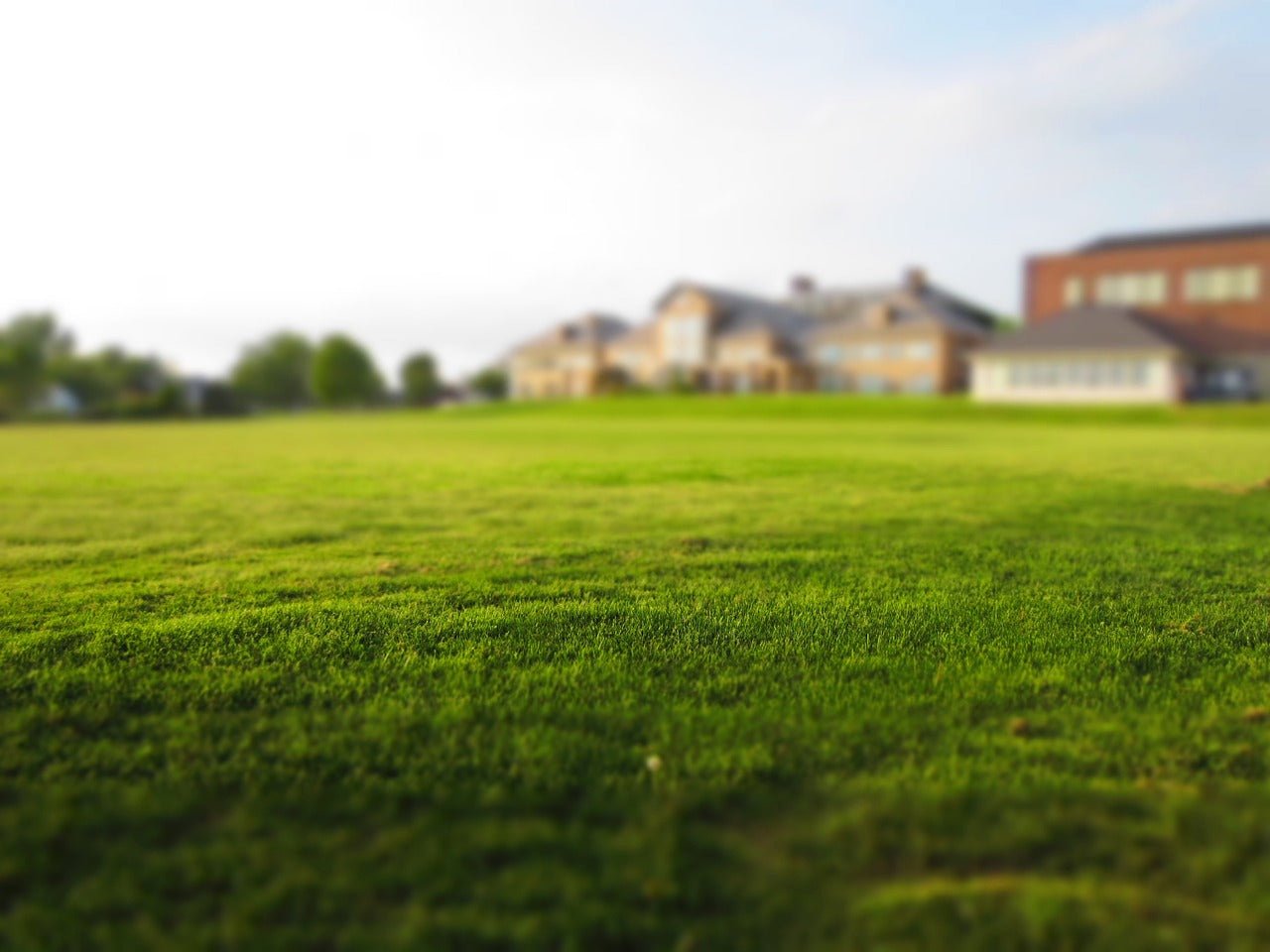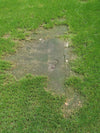
6 Common Lawn Problems
1. Rip up artificial grass and go natural
“Natural grass is a haven for birds, bees and the planet. Pollinators need green spaces to keep their ecosystem thriving. Whilst artificial grass is easy to clean, it’s made from hard plastics which can’t be recycled and are bad for the environment.
“Having a healthy lawn is an excellent start to helping biodiversity. If you want to go one step further, so can always designate a patch of your lawn for wildflowers. Not cutting the grass and letting it grow wild will help attract more pollinators to enjoy your lovely lawn.”
2. Dealing with weeds
“You get weeds in your garden in the first place because they take over thin or bare patches quickly. To get your garden in shape for summer, you need to start with a clear-out, and you’ve got two options. Use a trowel or handpick them (wear gloves and remove the roots), or use a herbicide weed killer. If you’ve only got a few to deal with, avoid using a herbicide to kill them.
“Once subscribed to So & Mo’s seasonally adjusted lawncare plan, you’ll have a healthy and robust lawn which will out-compete weeds, leaving room for lush and healthy grass.”
3. Preventing moss
“Moss takes hold in your garden because it loves a wet environment, so the winter months can be the worst. Moss, like weeds, will establish in your lawn quickly if there are thin or bare patches. You’ll have spotted the spongy mats in your garden. These suffocate your grass so it can’t grow.
“For best results, apply Iron Sulphate two or three days before a clear out. It will kill the moss and turn it black, making it easier to clean up as part of your spring maintenance. When you work a rake over the grass (known in the trade as scarifying) to remove the moss and other dead plants, you’ll leave yourself with a good patch of soil for new grass to grow.”
4. Dead straight lines and avoid scalping
“If you haven’t cut your lawn this year, don’t go severe on the first cut. Mow your grass shorter week by week. If you go for a severe trim, you risk leaving bald patches called ‘scalping’, and this is the perfect spot for weeds and moss to grow - not what you need!
“Set the blades to the highest setting for your first mow and make sure not to remove more than one-third of the grass blade at once. Be careful if you’ve laid a new lawn, as the roots will still be shallow, and the turf could rip. For an established lawn, mowing little and often is the secret. As the weather warms, the more regularly you can cut, the better. Every three to four days will encourage the grass to grow thicker and healthier.
“To get an impressive striped pattern, you need to cut the grass in two different directions with a lawnmower with a roller (these are usually petrol-powered, but not always). To get the light and dark effect depends on which way you cut. The grass bent away from the sun looks bright as it reflects. The grass looks darker facing towards the sun as it casts a shadow. Regularly cutting the lawn in different directions stops the grass from ‘laying over’, and you’ll get a more consistent cut.
Choose your stripes. Straight lines are classic. Diagonal lines make your garden look bigger. In irregular spaces, use the contours of the garden and have wavy lines. The possibilities are endless - play around until you find something that works.”
Pro tip: make sure it’s dry, the grass stands taller, and you get a cleaner cut.
5. Give your lawn what it needs
“We feed our bodies with the right nutrients to stay fit and healthy, and the same theory applies if you want a happy and healthy lawn. Nutrients help the grass grow and to strengthen the roots. If you don’t, your growth will be slow, and you’ll have a dull-looking lawn.
“With warmer weather and plenty of sunshine, we want to maximise a healthy topcoat. In So & Mo’s seasonally adjusted lawncare (you can subscribe here), our mix of nutrients helps with recovery, so your lawn will still be going strong after a kickabout or a garden party.”
6. Dead grass under a paddling pool
If the paddling pool has been out for a day or two, use a rake to stand the grass back up. Grass is a hardy plant, and it should return to a natural, healthy green colour quickly.
If the paddling pool has been there for a few weeks, the turf underneath will have died. You can revive the grass by scarifying (working back and forth with a rake to clear dead grass, weeds and moss) the discoloured patch and doing a light topdressing and overseeding. In a week, the grass will start to show signs of recovery, and in two to three weeks, it will be growing again.
Ready to be proud of your garden?
Ensure your lawn never goes hungry with our personalised feeding plan. Delivered through you letterbox exactly when you need it.






